
On New Year's Day a mass walk was staged in protest at plans to build a line of huge pylons around the southwestern fringe of the Lake District where, say campaigners, the unique character of the Duddon estuary is under threat. The event, organised by Barrow MP John Woodcock, who has shared a platform with local group Power Without Pylons, is the latest stage in a long campaign against a proposal by National Grid to connect a new nuclear power station at Moorside, near Sellafield, to Heysham on the other side of Morecambe Bay.
As it stands the £2.8billion plan would see pylons around 50m high running along the Whicham Valley, across the Duddon Estuary and over the Furness Peninsula. However it is not quite yet set in stone, with a public consultation running until 6th January to allow anyone with a view to comment.

Conservation campaigners at Friends of the Lake District have already been instrumental in getting National Grid to amend their original proposal to run the entire line on overhead cables - as expressed in an opinion piece they wrote for us in 2015 (see here).
In October 2016 National Grid bowed to pressure to bury cables underground where the line runs through the National Park itself. However, it has so far refused to consider similar measures where the cables run just outside the park boundary - though in places as close as six metres from it.
This, say campaigners, threatens the setting of the Lake District, and the views into and out of it, undermining the purpose of the National Park and the character of the landsape in the only place where the Cumbrian fells run right down to the sea.
On 1st January an estimated 400-500 people turned out to protest.
"What has angered local people most is the way the government has so far been prepared to countenance wrecking the Duddon landscape while bending over backwards to appease the Friends of the Lake District National Park" explains John Woodcock MP.
"Nothing has been too expensive to reduce the visual impact on certain parts of the Lake District. The route has been changed, a massive tunnel proposed under Morecambe Bay, and now extensive undergrounding is on the table further up the coast. But measures which are described as modest, sensible adjustments for the National Park are apparently an impossible extravagance when suggested for the Duddon. That is just not on."
"Our part of the Lakes may not yet have been lucky enough to get the level of fuss afforded by national park status, but the valley of Wordsworth is every bit as beautiful, special and worthy of protection as anywhere else in the Lakes."
"It is our moment to stand up against the carnage set to be inflicted on the wonderful landscape of the Duddon valley. It has been an honour to team up with the campaign group Power Without Pylons to organise a special 1st January walk in protest at National Grid's plan to pollute this most special part of the Lake District with giant pylons."
The campaign group are keen to point out that several alternatives exist to the current plan for overhead cables.
These include:
- HVDC sub-sea connection to Heysham, taking the entire connection offshore: National Grid put forward this option in the 2014 consultation but withdrew it despite overwhelming support from the public. This would avoid a Morecambe Bay tunnel and expensive undergrounding (within or outside the National Park.) For this reason some believe it could be cheaper than the current proposal, despite technical challenges.
- HVAC sub-sea connection from Kirksanton to Rossall: a recent feasibility study by National Grid estimates this would cost an additional £200m.
- Tunnel under the Duddon: National /grid estimates this at £250m extra.
With the Lake District set to be declared a Unesco World Heritage Site, Power Without Pylons believe this is not just a local issue, but a national and even international one.
Ultimately, they say, the means of connecting power from Moorside to the nation’s electricity supply should not be determined on cost alone: It is after all impossible to put a price on outstanding landscapes.
Lending his support, author and campaigner Bill Bryson agrees:
"Britain's countryside doesn't stop being glorious at the boundaries of its national parks" he said.
"It is beautiful - and vulnerable - nearly everywhere, and should be respected and cherished wherever it enhances a landscape. It would be a tragedy to lose these exquisite views just for the sake of one company's bottom line."
In response, National Grid said:
“We have had to make some difficult choices about landscapes outside the national park but we believe that we can reduce the impact on them by sensitive placement of pylons and screening.”
“We have had thousands of conversations with people over the six years we’ve been developing this project and Friends of the Lake District have attended many of the meetings we held to develop our proposals with local authorities and other key bodies.
“We have spoken to hundreds more people about our plans during our current consultation exercise. This continues until 6 January 2017 and we encourage people to give us their feedback as this will be vital in helping us shape the project.”

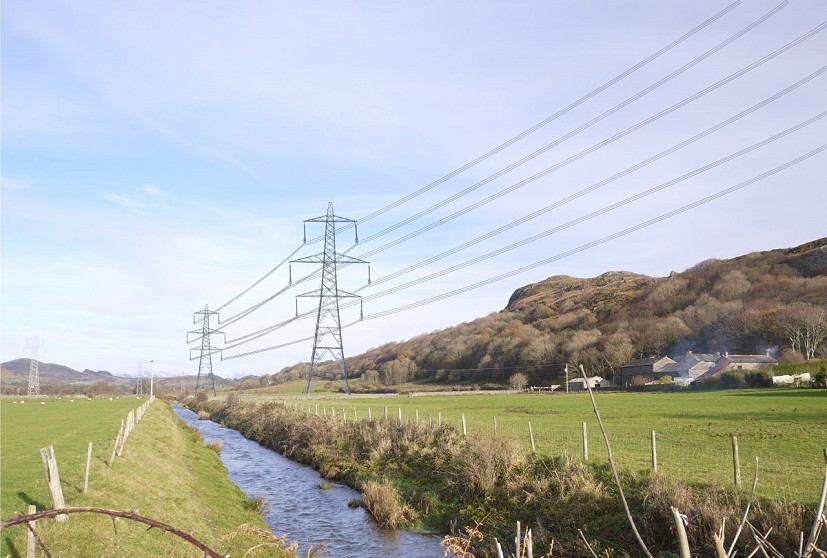






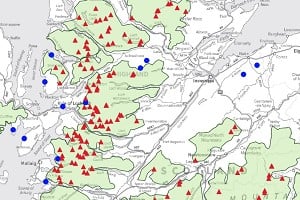

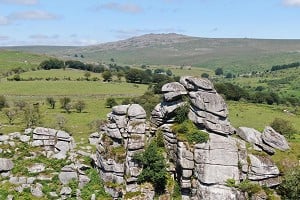
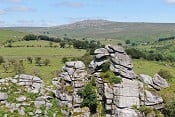








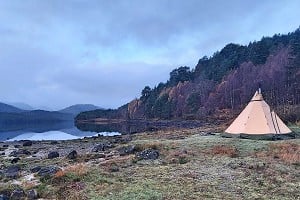









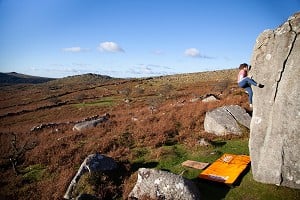
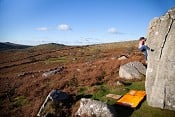
Comments